
25 minute read
12th Degree
12 T H D E G R E E Master of Mercy
Since being raised to the sublime degree of Master Mason twelve years ago, my journey has taken me to many places. These places do not dwell in the profane world, but within me—intellectually, spiritually, and morally. Since embarking on my journey, I have been drawn, repeatedly, to the ritual—particularly to the allegorical lessons demonstrated in the lectures. This continues to be true now as I witness and participate in the beautiful degrees of our Scottish Rite.
by Daniel J. Frawley, 32˚
Valley of the Hudson Hauts Grade Academy
In my first draft, I focused entirely on the allegorical lessons of the degree, and not on the core values —Integrity and Justice, but was unsatisfied with my work.
I read and re-read the degree trying to discover any obvious reference to the core values. Upon my third reading of the degree and failure to identify any reference coded or not to integrity or justice, I began to get a little frustrated. Realizing that this was not the intent of the assignment, I physically and mentally stepped away for a week and focused on my work.
I do not believe in coincidences. I provide consultation for executive leadership and facilitate leadership classes for new managers. The first class is always a reflection on the values of the organization. One of the core values is Integrity. I simplify the example of integrity as not just doing the right thing but doing the right thing even when alone. The example I give is:
You are at a stop sign and there is a police officer parked across the street. Most of us come to a full stop, pause for two to four seconds, look both ways several times, and proceed. However, do we also do that at one o’clock in the morning when no one is around? Or do we slowly roll through the stop sign?
After I ask this question, I do not want any of the leaders to answer; just to reflect upon it. It was during this exercise that I realized I was looking at the degree from the point of view of the wrong character, Joseph.
In Scene One, Sepa and Pentur are discussing the qualities of Joseph. Pentur relates the story of how Joseph was imprisoned. In a very private setting, Joseph refused the advancements of one of Pharaoh’s women. The lesson of integrity is subtle here. The audience or reader is left to his own imagination and conclusions: Joseph was lured to this woman’s chambers but refused to succumb to her seduction and advances. Perhaps she tried to convince Joseph that it was their secret and no one would know. Being a man of integrity, Joseph refused her advances even after she threatened to produce false charges against him. Joseph knew that the false charges would cause the Pharaoh to punish him severely, but Joseph still did not yield. Both Sepa and Pentur are impressed by Joseph’s integrity.
Similarly, I had to find the core value of Justice from the perspective of Joseph’s brothers. Although the brothers did receive mercy from Joseph, justice was delivered to them by the Great Architect of the Universe. Simeon confessed that they felt the oppression from their great sin of selling Joseph into slavery 23 years prior. Hearing this confession of guilt and remorse, Joseph knew that God had served justice upon his brothers, and they had truly served a sentence for their crime.
The Seventh Degree, Provost and Judge, also shares the same core values —Integrity and Justice. This degree presents the values in a more obvious method. Comparing and contrasting both degrees, I learned and have reflected that even though the allegory is clearly presented, the core values are underlying and have caused me to read through each degree from all perspectives. Interestingly, each time I re-read Master of Mercy, I discovered something new about myself.
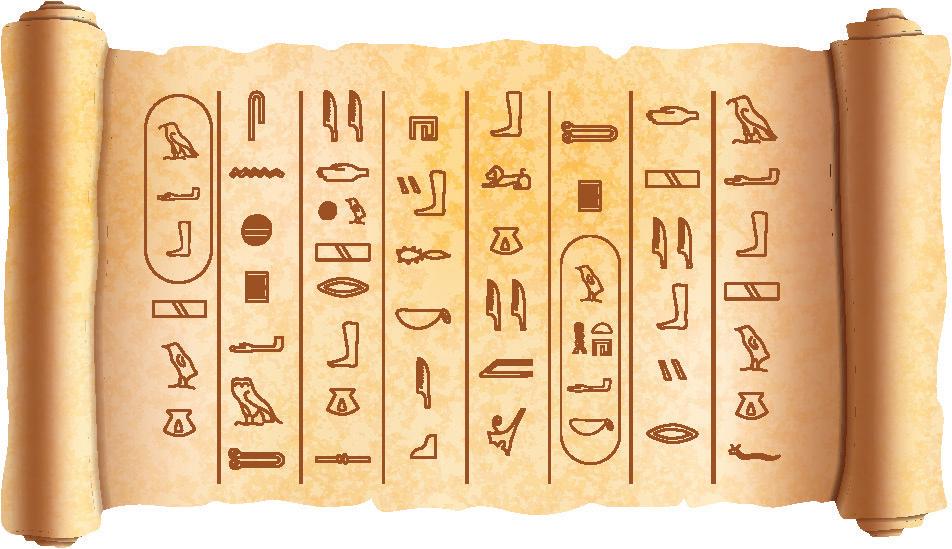
I will continue to use my example of the stop sign to drive home the importance of integrity in my classes. I will not be so swift to judge because the truly remorseful person will most certainly have already been judged. We all make mistakes, and we also suffer and pay for those mistakes in some way. Those payments or suffering, however, are not necessarily obvious to mortal man.
Daniel Decius Tompkins 1813-1825
Sampson Simson 1825-1832
John James Joseph Gourgas 1832-1851
Henry Lynde Palmer 1879-1909

Samuel Crocker Lawrence 1909-1910
Barton Smith 1910-1921
Edward Asa Raymond 1851-1860
Killian Henry Van Rensselaer 1860-1867
Josiah Hayden Drummond 1867-1879
Frederic Beckwith Stevens 1932-1933

Melvin Maynard Johnson 1933-1953
George Edward Bushnell 1953-1965

THE NORTHERN LIGHT Our Editors in Chief Brief by Joann Williams-Hoxha, Content Manager
In January 1970, in Volume 1, No. 1, of The Northern Light, George E. Burow, 33°, the magazine’s first editor, pledged to his Scottish Rite brethren that the staff would use “the very best of our abilities in bringing you the best publication possible, one in which you can take justifiable pride.”
Since that time, The Northern Light has been a source of light, knowledge, news, and information, not only for the members of the Northern Masonic Jurisdiction but for Masons the world over.
In its 50-year history, the magazine has had only four editors which is a testament to its stability and sense of purpose. Let’s meet the men who have shaped the magazine and helped make it what it is today.
Ill. George E. Burow, 33°
Editor, 1970-1977

Ill. Brother George E. Burow, 33°, served as the sole editor of The Northern Light since its inception in 1970, until 1975. In 1976, Bro. Burow, 33°, served as co-editor of the magazine with Richard H. Curtis, 33°.
Brother Burow was born in Danville, Illinois, and stayed close to his hometown. He attended Illinois Wesleyan University, earning a B.A. degree in 1931. He continued his education at the University of Illinois, earning a Master’s degree in 1937. He also did graduate work at Syracuse University.
He became a DeMolay in 1929 and was raised a Master Mason in Olive Branch Lodge No. 38, A.F. & A.M. in Danville, Illinois, in 1939, serving as Worshipful Master in 1945. He was so proud to have raised his father, his brother, and his son to the degree of Master Mason as well, all in Olive Branch Lodge.
Ill. Brother Burow started as a cub reporter for the Bloomington Daily Pantagraph followed by a summer job at Danville Commercial-News in 1931. He recalled that he was not sure whether the summer position even paid anything, but was still overjoyed at the prospect of becoming a newsman in the midst of the Great Depression.
From 1931 to 1946, he was a high school teacher, coach, and principal at Warsaw High School, and later a teacher and swim coach at Danville High. In 1942, he became a part-time editorial writer for the Commercial-News. He took the position of managing editor in 1949, a job he held for 20 years.
His “retirement” in 1969 certainly did not slow him down, rising high in the Masonic ranks and establishing The Northern Light magazine. In 1974, he became Deputy of Illinois for the Scottish Rite, a post he resigned when appointed as Grand Minister in 1981. He served on several Scottish Rite Committees, including Fraternal Relations and Benevolences. He also led fundraising efforts for the Scottish Rite Masonic Museum and Library.
In addition to his commitment to Masonry, he taught water safety for 41 years at his local Red Cross Chapter, volunteered with Boy Scouts of America for 20 years, and served on the board of the YMCA for 15 years. He was a lifetime member of St. James Methodist Church of Danville where he was a trustee, Sunday school superintendent and teacher, and board member.
Ill. Brother Burow joined the Celestial Lodge on December 28, 1984. A colleague wrote in a remembrance column in the Danville CommercialNews, “We are reminded that men like Ill. Brother Burow do make a difference in this world; that they endow our lives; that they leave for us a quality of character, a spirit, and a commitment to follow always the highest and the best.”
Ill. Richard H. Curtis, 33°
Editor, November 1976-November 2006
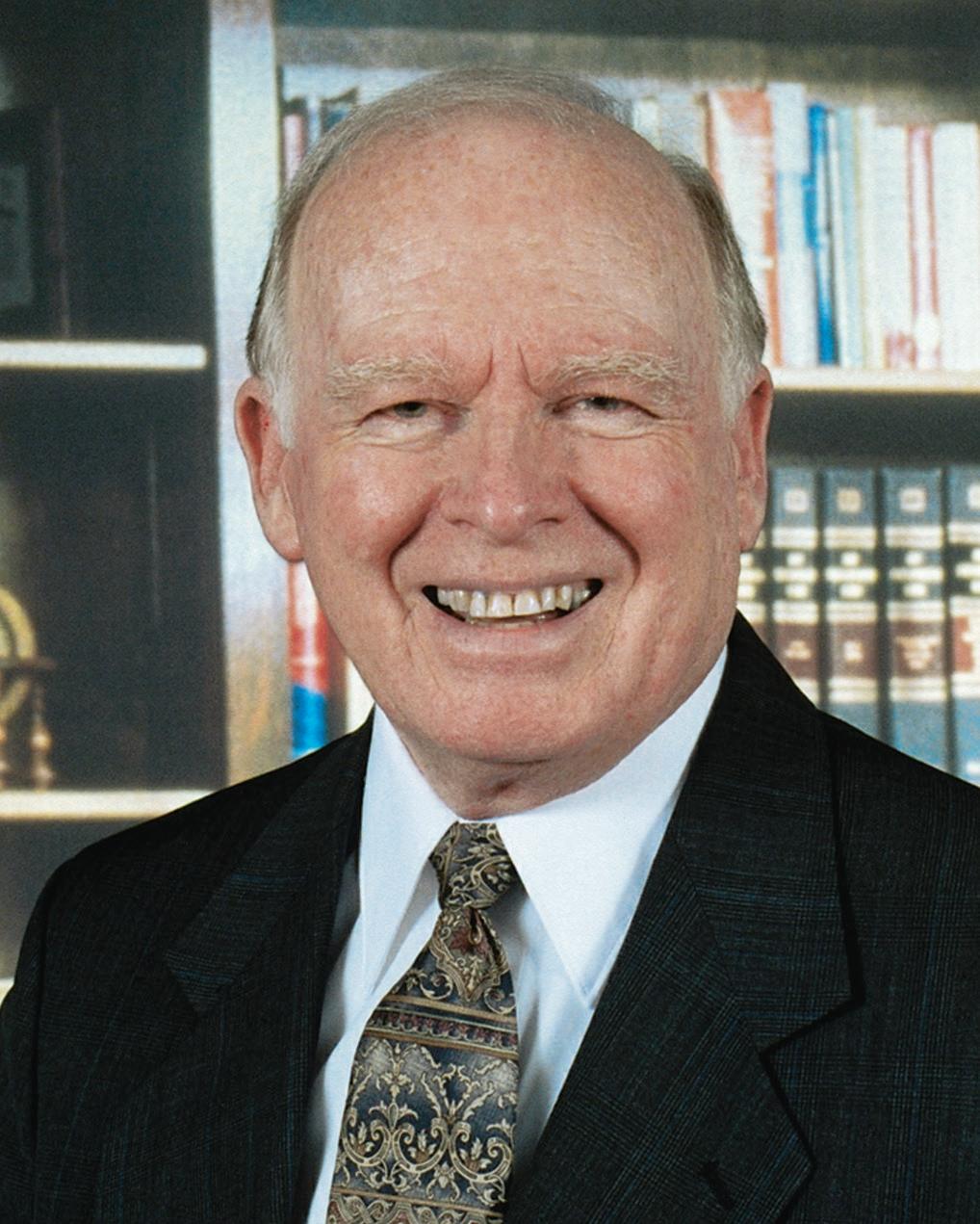
Ill. Richard H. “Dick” Curtis, 33°, was a lifelong resident of Reading, Massachusetts, and served as editor for The Northern Light for 30 years.
Born in nearby Stoneham, Massachusetts, Dick graduated with degrees from Boston University and Nasson College in Springvale, Maine. He proudly served his country in the U.S. Army as a Specialist 4th Class from 1962-64.
Very active in his community, Brother Curtis was a member of the Quannapowitt Players community theatre, a Town Meeting official, a Library Trustee Chairman and the producer of several programs for his town’s access cable TV station.
Brother Curtis was raised a Master Mason in Good Samaritan Lodge A.F. & A.M. in Reading in 1961, where he served as Master from 1973-74. He was an original member of the Reading Masonic Building Association, serving as its President until his passing.
Dick was very active in the different bodies of Masonry. He was a member of the Scottish Rite Valley of Boston and served as Past Commanderin-Chief of Massachusetts Consistory. He was a member of the York Rite and was High Priest of Reading Royal Arch Chapter in 1969, and was a member of the Aleppo Shriners of Wilmington. He was coroneted a Sovereign Grand Inspector General, 33° Honorary Member of the Supreme Council in 1980.
Brother Curtis was awarded the Joseph Warren Medal for his distinguished Masonic service and was highly active in both DeMolay and Reading Rainbow, serving on advisory boards for both organizations.
Ill. Brother Curtis joined the Celestial Lodge on September 14, 2013. Brother Alan Foulds, 33°, who was a close friend and served as Editor of TNL following Dick’s retirement, said Ill. Brother Curtis “saw every project as a new adventure, attacking them with the zeal of a young person.”
Ill. Alan E. Foulds, 33°
Editor, February 2007-November 2019
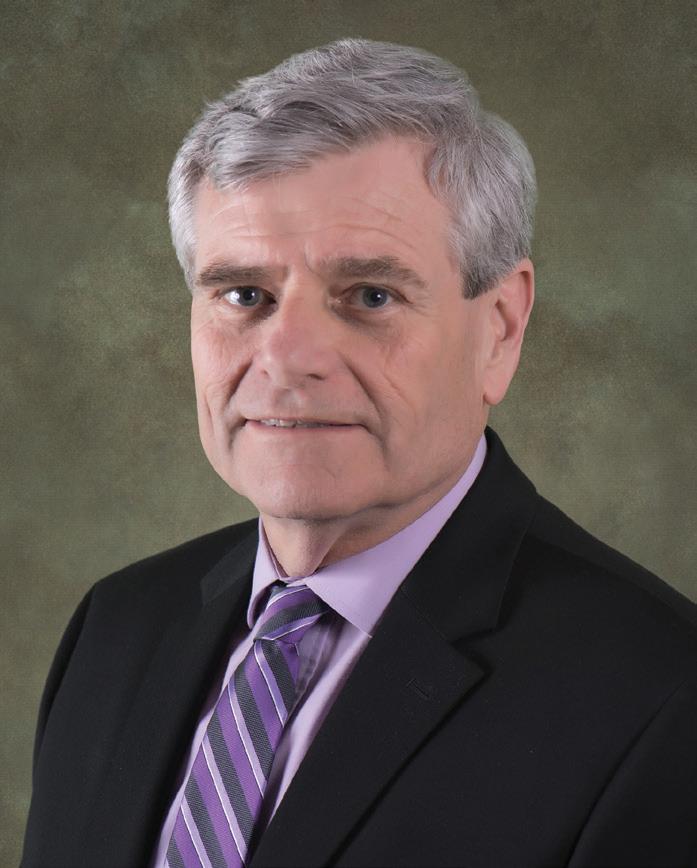
Ill. Alan E. Foulds, 33°, worked as editor of The Northern Light from 2007 until his retirement in January of this year.
Brother Alan Foulds recalls quite vividly the moment his career path changed so dramatically from computer programmer to assistant editor of The Northern Light. It was the spring of 2003, and the day began quite simply as a meet-up at his wife’s coffee shop to work with Brother Dick Curtis, 33°, on a commemorative book for their town’s 350th anniversary. Alan was contemplating a career change, since the company he worked for had gone
From its humble beginnings as a 20-page magazine, The Northern Light has grown to a 48-page quarterly publication that is read all over the world.
He graduated from Northeastern University with a Bachelor’s degree in Business and then earned his Master’s degree at Suffolk University.
In 2006, Alan was raised a Master Mason at Good Samaritan Lodge in Reading, Massachusetts, where he currently resides with his wife. If you live in the area, you may find him on one of his daily runs around the neighborhood, a hobby he thoroughly enjoys, in addition to his commitment to local civic service.
Brother Foulds served as President of the Massachusetts Moderators Association in 2006 and has served as Town Meeting moderator in Reading since 1997, running unopposed for each of those years. Alan is the author of Boston Ballparks and Arenas, a comprehensive look at the venues and teams that comprise Massachusetts’ long-standing history in the world of sports.
out of business as a result of the dotcom crash.
“Dick [Curtis] heard about it, met me at the coffee shop, and asked if I had ever thought about changing careers. He felt we made a good team working on the book,” Alan said. “At the time the IT world was quite shaky, so I answered, ‘Every day, Dick.’ The following Monday, I was second in command of The Northern Light.”
Ill. PJ Roup, 33°
Editor, February 2020 – present
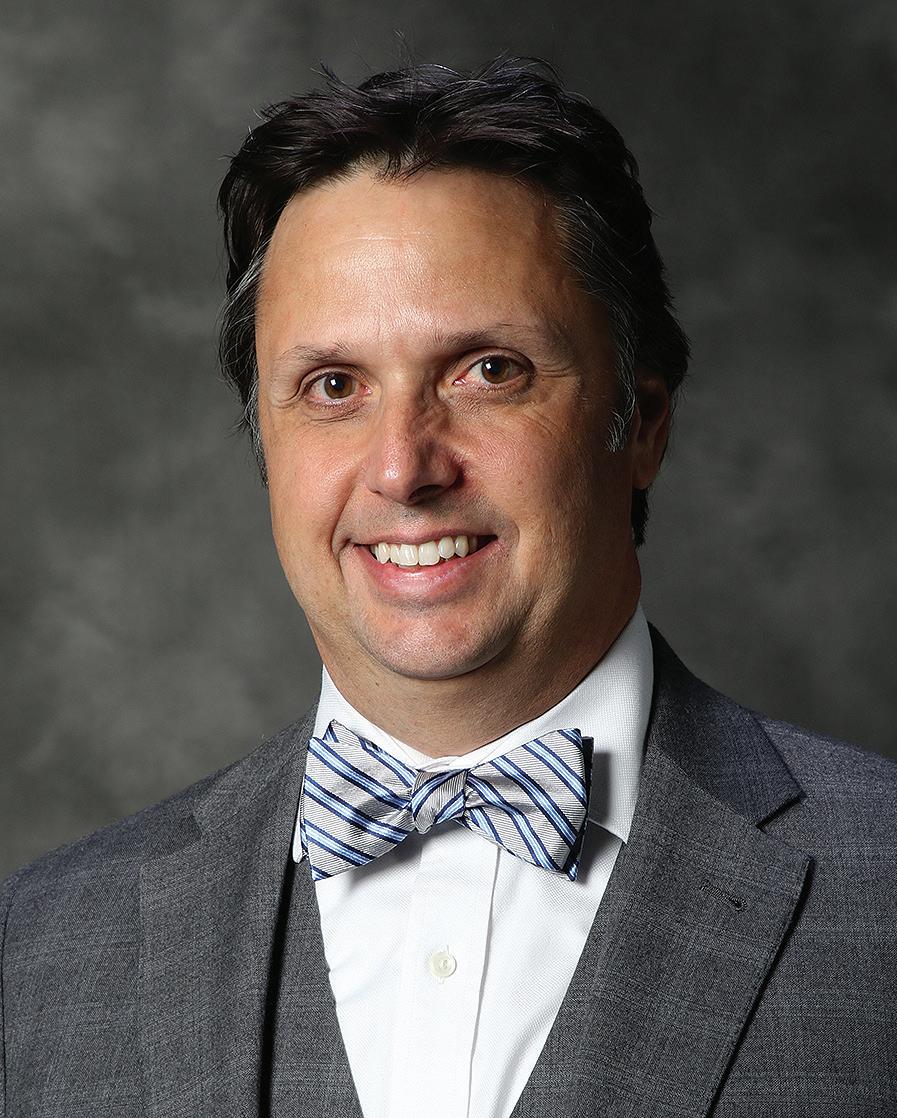
Ill. Paul Jeffrey Roup, 33°, known to most of his friends and Brothers as “PJ,” is the newest editor for The Northern Light. A contributing columnist for the Valley of Pittsburgh’s magazine, The Rite News, for eight years, as well as writing his own Masonic blog for more than 10 years, he is no stranger to writing for a Masonic audience. PJ has a gift for storytelling that speaks to the modern Mason of the 21st Century, seeking ways to apply Masonic values into our daily lives and relaying those lessons in non-traditional ways.
Brother Roup was born in Pittsburgh, Pennsylvania and still resides in his hometown. He graduated from Penn State University in 1990, with a Bachelor’s degree in mathematics.
For the last 15 years, PJ has run a successful insurance agency. If that was not enough, he started Dreamscape Video Productions shortly thereafter, where he is both owner and artistic director. Whether it is acting, directing, or screenwriting, PJ keeps busy in all facets of theatre and film production. He even did the voiceover for our new 4th degree video!
Ill. Brother Roup was raised a Master Mason in 1998 at Plum CreekMonroeville Lodge No. 799. He is also a member of Lodge Ad Lucem No. 812. Like Ill. Brother Burow, PJ also had the honor of raising his father, Paul, as a Master Mason.
Pennsylvania Masons know PJ well. He was Worshipful Master of his lodge in 2002 and District Deputy Grand Master from 2007 to 2016, as well as serving as Director of Communications for the Grand Lodge of Pennsylvania from 2016- 2017. In the Scottish Rite, PJ served as Thrice Potent Master for the Valley of Pittsburgh in 2015 and as Treasurer from 2016-2019. Brother Roup, 33°, is currently an Active Member of the Scottish Rite, NMJ, for the state of Pennsylvania.
Outside of Freemasonry, he enjoys writing, cooking, running, cycling, golfing, and fly fishing.
Past Meets Future: Outland(ish) Freemasonry
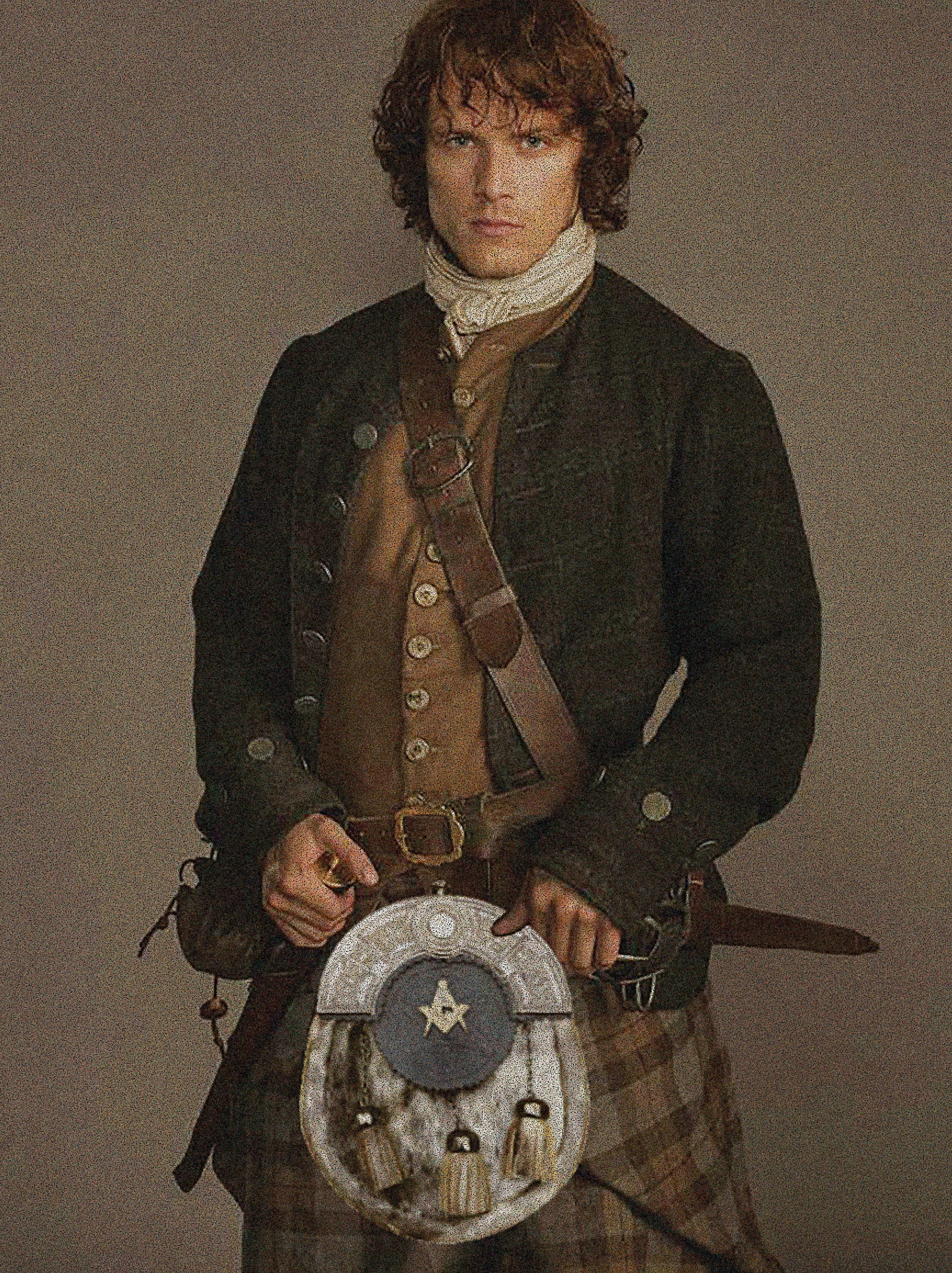
For those unfamiliar with the acclaimed books and television series, Outlander is a Starz original series based on the Outlander books written by Diana Gabaldon.
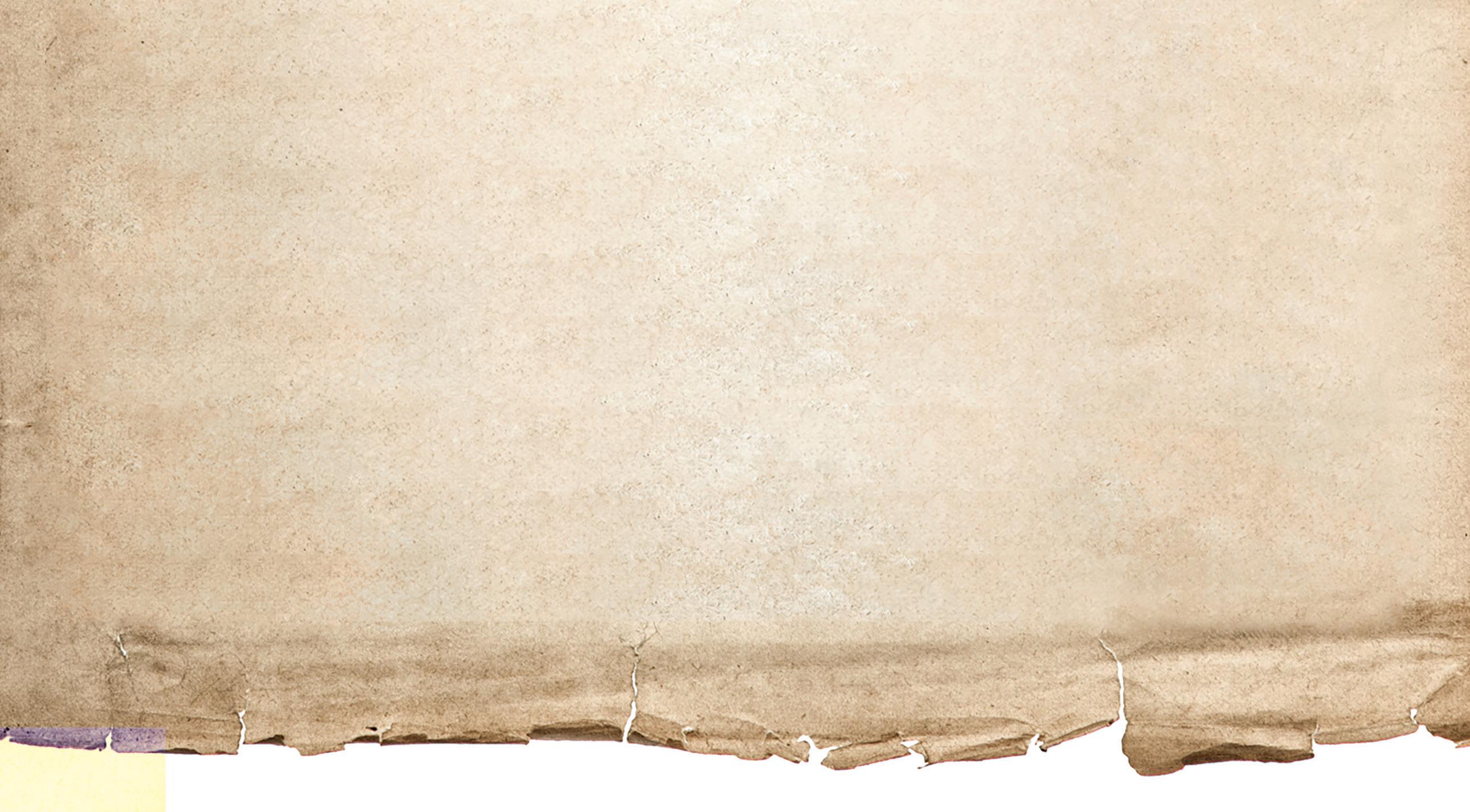
It follows the story of Claire Randall, a married combat nurse from 1945. She is mysteriously transported back in time to 1743, in the Highlands of Scotland, where she is immediately thrown into a strange world where her life is threatened. When she is forced to marry Jamie Fraser, a chivalrous and romantic young Scottish warrior, a passionate affair ensues. The Outlander series is a juggernaut of genres seamlessly combining history, science fiction, adventure, and romance all into one epic tale. Did I also mention that it has Freemasons in it?
As Jamie’s Jamaican plantation overseer Kenneth MacIver says, “I’d like to introduce you to a Freemason who’s acquainted with almost everyone on island and may know something of your nephew.”
Throughout Gabaldon’s books, we discover at least eight men identified as Freemasons— Jared and Jamie Fraser, Lionel Menzies, Roger MacKenzie, Robert Cameron, Thomas Christie, Governor Colonel Harry Quarry, and physician Daniel Rawlings. Although I won’t be writing in detail about each of these men individually except as to how they relate to the main character, Jamie Fraser, I thought it important to mention how each of these characters influences Jamie Fraser’s decisions throughout the series.
The main protagonist, James Alexander Malcolm MacKenzie Fraser, is a Scottish soldier and landowner. He is well-educated and has a knack for learning languages. Raised to be the future Laird of Lallybroch, Scotland, he is a natural leader—both in the homestead and on the battlefield. He first meets Claire Randall on his return home to Scotland from France. Jamie is forced to marry Claire to save her life. Intelligent, principled, and by 18th century standards, educated and worldly, he is a natural leader of men. He has no political ambitions or desire for battlefield glories. Instead, he wishes to remove the price he has on his head and return to his family’s ancestral farm. So, what is the significance of Jamie being a Freemason? Why did he decide to join the Freemasons while in prison? Did this cause any conflict with his strong Catholic faith? In Diana Gabaldon’s fifth book, “The Fiery Cross,” we learn that Jamie Fraser is made an Apprentice Mason by Governor Colonel Harry Quarry in his Masonic lodge in 1753 while imprisoned in Ardsmuir prison. Jamie becomes a Master Mason, and he makes a lodge with several of his fellow prisoners, one of whom is Tom Christie. Tom is head of the Protestant faction in the prison, and Jamie is head of the Catholic faction. Tensions had been rising steadily between these two disparate groups, and it was through Freemasonry that an amiable solution was finally reached. Soon, all the men in the prison were made Apprentices, and tensions were abated. Governor Quarry was head of a small Masonic military lodge at the prison, composed of the officers of the garrison. One of their members had died recently, though, leaving them one man short of the required seven men to open a lodge. Quarry had considered the situation, and after some cautiously exploratory conversation on the matter, invited Fraser to join them. A gentleman was a gentleman, after all, Jacobite or no.
Later, we learn of these seven men, including Tom Christie, becoming oath-bound to help Jamie Fraser despite Christie being a Protestant and Jamie a Jacobite Catholic.
And there wouldn’t have been any more dissension since Freemasons hold as basic principles the notions of equality— whether gentleman, crofter (a person who works a small rented farm), fisherman, laird; such distinctions were not taken account of in a lodge—and tolerance. No discussion of politics or religion among the brothers, that was the rule.
What about the potential conflict of Jamie Fraser being a Freemason and a Catholic? Didn’t the Pope forbid members from joining the fraternity? The short answer is yes, but the Catholic Church did not condemn membership in Freemasonry until Pope Clement XII issued his Papal Bull, In Eminenti, in April 1738. His primary objection to Freemasonry was that it fostered notions of democratic over autocratic government which conflicted with the Church’s long-standing support of autocratic monarchs.
Speculative Freemasonry was so strongly entrenched in Scotland, where it began, that most Freemasons simply ignored the Papal condemnation. King James VI of Scotland was a Freemason and a Catholic, and so were many of the courtiers and Catholic nobility.
There were two opposing types of Freemasonry in the 1700s, the Ancients and the Moderns. The Tories, who supported the Stuart cause, tended to be of the “Ancients” type of Freemasonry, which included Scottish and Irish Freemasonry. This is where most Catholic Freemasons were found. While the Whigs, supporters of the Protestant House of Hanover, tended to be of the “Moderns” type of Freemasonry. These were the London stuffed shirts. Many, many Jacobites, mostly Catholic, especially among the Scottish nobility, were Freemasons and continued to be so well into the 19th century.

“I dinna ken how it was Mac Dubh found out that Christie was a Freemason, but he knew it. Ye should have seen the look on Tom’s face when he realized that Jamie Roy was one besides!
“It was Quarry did it,” Kenny explained, seeing the question still on Roger’s face. “He was a Master himself, see.”
A Master Mason, that was, and head of a small military lodge, composed of the officers of the garrison. One of their members had died recently, though, leaving them one man short of the required seven. Quarry had considered the situation, and after some cautiously exploratory conversation on the matter, invited Fraser to join them. A gentleman was a gentleman, after all, Jacobite or no.
Not precisely an orthodox situation, Roger thought, but this Quarry sounded the type to adjust regulations to suit himself. For that matter, so was Fraser.
Roger snorted in wry amusement, seeing it.
“Aye. You six—and Christie.” Tom Christie, the Protestant. And Christie, stiff-necked but honorable, sworn to the Mason’s oaths, would have no choice, but been obliged to accept Fraser and his Catholics as brethren.
There wouldn’t have been. Freemasons held as basic principles the notions of equality—gentleman, crofter, fisherman, laird; such distinctions were not taken account of in a lodge—and tolerance. No discussion of politics or religion among the brothers, that was the rule.
The Fiery Cross, Diana Gabaldon, page 825
Although Freemasonry is not a major theme in Gabaldon’s books, it does provide further insight and background into Jamie Fraser’s character as a man of moral principles that guide his dealings throughout the series. Jamie uses his Masonic connections to achieve his goals and motivations in his fight for Scottish independence and his own struggles, allowing the principles of Freemasonry to guide his faith and action.
Although Jamie is ostensibly a Catholic, he refuses to recognize the Pope’s ban on Catholics becoming Masons. Jamie takes advantage of being a Freemason to unite all the men in the prison together. This also had the desired effect of making Jamie the leader of all the inmates which was his intent. Practically, it was the most effective way of ending the religious strife within the prison, since it got the men to think and act as a cohesive unit rather than as individuals. Without his membership in our gentle Craft, he would never have been able to broker peace between the Catholics and Protestants in Ardsmuir prison to become a leader of men.
We learn several years later that when Tom Christie uses the Masonic grip to introduce himself to Roger Mackenzie, a fellow Freemason, he instantly recognizes it. We can tell by the following passage that although it’s been a while since Roger has associated with other Freemasons, he still remembers what the Mason’s grip feels like when he receives it. This simple
grip allows Mackenzie to deduce that Christie is a Mason, and therefore a man of sound moral character. It also causes MacKenzie to connect the dots between Tom and Jamie to suss out that Jamie Fraser must indeed be a Freemason as well.
“I’m afraid my father-in-law is … not available at present. Could I be of service to you?”
Christie frowned at him, assessing his potential, then nodded slowly. He took Roger’s hand, and shook it firmly. To his astonishment, Roger felt something both familiar and grossly unexpected; the distinctive pressure against his knuckle of a Masonic greeting. He had not experienced that in years, and it was more reflex than reason that caused him to respond with what he hoped was the proper countersign. Evidently it was satisfactory; Christie’s severe expression eased slightly, and he let go.
“Perhaps ye may, Mr. MacKenzie, perhaps ye may,” Christie said. He fixed a piercing gaze on Roger. “I wish to find land on which to settle with my family—and I was told that Mr. Fraser might feel himself in a position to put something suitable in my way.”
“That might be possible,” Roger replied cautiously. What the hell? he thought. Had Christie just been trying it on at a venture, or had he reason to expect that sign would be recognized? If he did—that presumably meant that he knew Jamie Fraser would recognize it, and thought his son-in-law might, as well. Jamie Fraser, a Freemason? The thought had never so much as crossed Roger’s mind, and Jamie himself had certainly never spoken of it.

The Fiery Cross, Diana Gabaldon, page 209
Later, in book five, “The Fiery Cross,” we read another passage where Jamie and Claire are discussing a Masonic compass left by Robert Cameron who is a member of the same Masonic lodge as Roger MacKenzie. Although Jamie shrugs when Claire asks if Cameron is a Freemason, he does confide in her that physician Daniel Rawlings is one and thereby confirms Claire’s suspicions that Cameron was one as well.
In the center of the shop sign, we see the square and compasses, a widely used, easily identifiable symbol to all Freemasons. It’s a clever way for Jamie to advertise his status as a Freemason and as a signal that it was safe for other Freemasons to patronize his print shop, to keep the secrets of Freemasonry safe from outsiders. The square and compasses also come together to form the letters, A and M, for Jamie’s nom de guerre, Alexander Malcolm.
Also, something less obvious than the square and compasses are the fleurs-de-lis adorning the sign. In Catholicism, the fleurs-de-lis represents the holy trinity, the Virgin Mary and the Archangel Gabriel. But in Paganism and throughout antiquity, most interesting of all is that the fleurs-de-lis is often interpreted as a deconstructed bee. We as Masons know that the honey bee has a special meaning to our fraternity; the bee and the beehive have long been symbols of industry and regeneration, wisdom and obedience. The hive is often seen in Masonic illustrations of the 18th and 19th century and both Clovis and Napoleon adopted the bee as their symbol. It is this author’s opinion that Jamie was representing both his Catholic and Masonic heritage by employing the fleurs-de-lis in his print shop sign.
I shouldna think so, Sassenach. It’s a Freemason’s compass.” “It is?” I blinked at it, then glanced at Jamie. “Was Cameron a Mason?”
He shrugged, running a hand through his hair. Jamie never spoke of his own association with the Freemasons. He had been “made,” as the saying went in Ardsmuir, and beyond any secrecy imposed by membership in the society, he seldom spoke of anything that had happened between those dank stone walls.
“Rawlings must have been one as well,” he said, clearly reluctant to talk about Freemasonry, but unable to keep from making logical connections. “Else he’d not have kent what that is.” One long finger tapped the sign of the compass.
“Let me keep it a bit longer, Sassenach,” he said. “There’s something verra odd about the notion of a French Freemason wandering River Run by night. I should like to see what else Dr. Rawlings might have to say when he’s speaking Latin.”
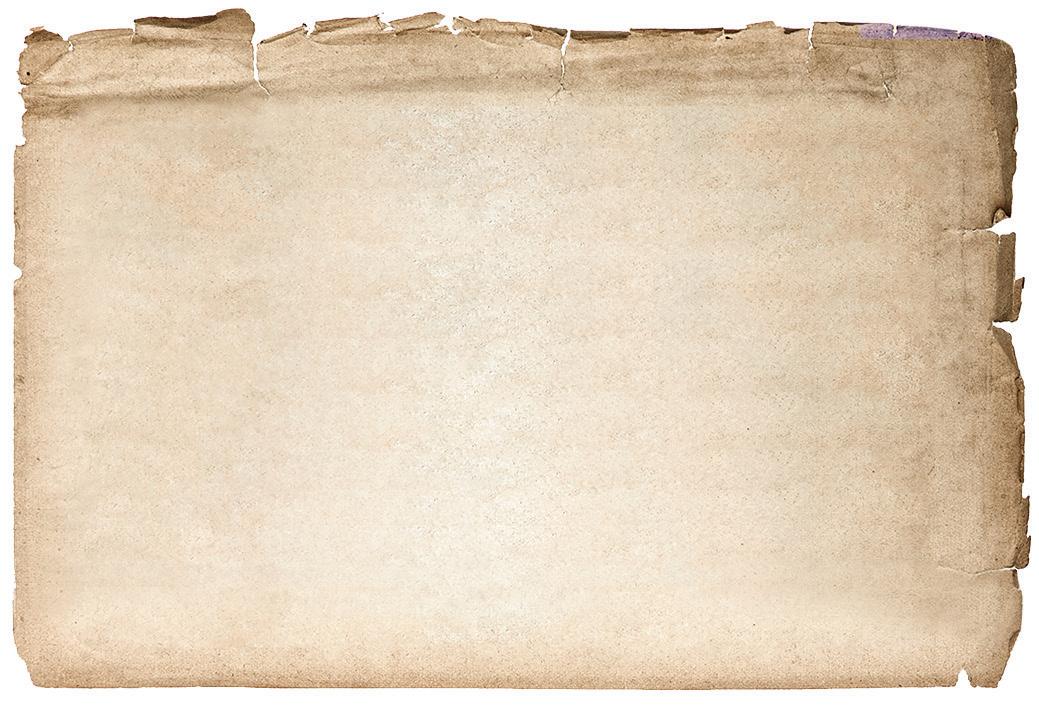
The Fiery Cross, Diana Gabaldon, page 217
Though Jamie doesn’t speak publicly about his association in the Freemasons, he does advertise his membership in the fraternity by the symbols he uses on his print shop sign. Of course, symbols are subjective—the meanings change depending on who is using them, who is reading them, and how they are being used. Symbols were often used as secret code or replaced written words in populations that did not know how to read and write. So, A. Malcolm’s print shop sign was an advertisement, a means of conveying who he was to his customers (Freemasons included), and he imbued his shop sign with symbols—both supernatural and religious—that had meaning in his life.
The thematic addition of Freemasonry adds an interesting level of complexity and insight into Jamie Fraser’s moral character. By using his wits and connections to the Masonic order, Jamie is able to make lasting relationships with other men of means, furthering his fortunes and goals in life. When he seeks safe passage to Europe from a cousin who owns a vineyard in France, the cousin tests him by saying “We meet upon the level.” Jamie replies “and we part upon the square.” Voyager. [p. 514.]
For those who haven’t read Diana Gabaldon’s Outlander series, her writing style is a rich tapestry of compelling interwoven characters set against the backdrop of the fight for Scottish independence in the 1700s. I highly recommend adding it to your reading list! Jamie Fraser and his print shop sign










